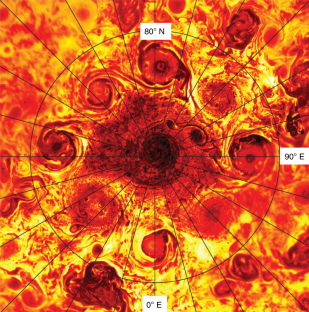2022-09-23 カナダ・ブリティッシュコロンビア大学(UBC)
プロセスは、森林廃棄物から採取した木材繊維を冷たい水酸化ナトリウムの溶液で分解し、マイルドな機械的混合を行う。水酸化ナトリウムはその後リサイクルされる。その結果、半透明で強度があり、耐水性のあるフィルムができあがる。
セルロースフィルムは、従来のプラスチックと同様に、コーヒーバッグやチップスの袋、シリアルや冷凍フルーツのパウチ、プチプチや封筒のような保護ラップに加工することができる。
セルロースフィルムは、そのライフサイクルの終わりに、地面や有機ゴミ箱に埋めることができ、3週間以内に分解される。
<関連情報>
- https://news.ubc.ca/2022/09/23/ubc-researcher-creates-wood-based-alternative-to-single-use-plastic/
- https://pubs.acs.org/doi/abs/10.1021/acssuschemeng.2c01937
クラフトパルプの冷間アルカリ膨潤と機械的混合による透明で生分解性の高いセルロースフィルムの作製 Fabrication of a Transparent and Biodegradable Cellulose Film from Kraft Pulp via Cold Alkaline Swelling and Mechanical Blending
Sibo Tian, Jungang Jiang, Pengui Zhu, Zhengyang Yu, Hale Oguzlu, Alberto Balldelli, Jie Wu, Jiaying Zhu, Xia Sun, Jack Saddler, and Feng Jiang
ACS Sustainable Chemistry & Engineering Published:August 1, 2022
DOI:https://doi.org/10.1021/acssuschemeng.2c01937

Abstract
The alarming accumulation of nondegradable plastic films in the ecosystem and the threats they pose have urged an active search for bio-derived and biodegradable alternatives. While cellulosic film has many advantages such as high transparency, superb mechanical properties, and biodegradability, it is generally fabricated from dissolved cellulose or nanocellulose, involving chemical and energy-intensive processes. In this paper, we successfully demonstrate that cellulose pulp can be processed into a transparent film without fully going through dissolution or nanofibrillation. Specifically, with a combination of cold NaOH swelling and mild mechanical blending using a household blender, Kraft pulp (mean length of 1.66 mm) can be disintegrated into much finer microfibers (mean length decreased from about 540 to 240 μm as the treatment cycle increases from 1 to 4), which can be densely packed into a compact film by ultrafiltration. The prepared cellulose film shows high transmittance (89% at 650 nm with an integrated sphere), good thermal stability (Tmax of 350 °C), high mechanical strength (99.7 MPa tensile strength and 5.7 GPa Young’s modulus), good underwater structural stability (17.1 MPa tensile strength after being immersed in water for 30 days), as well as excellent biodegradability (completely degrades in 19 days when buried in soil).



